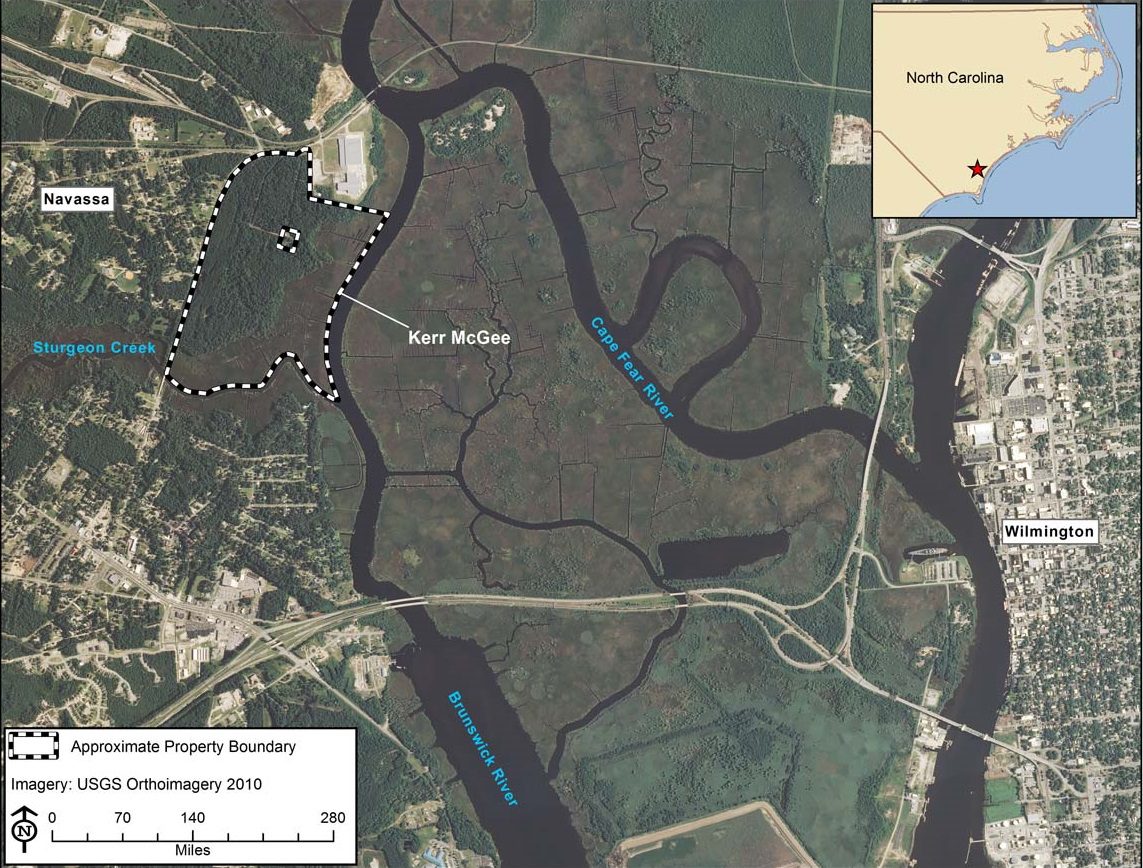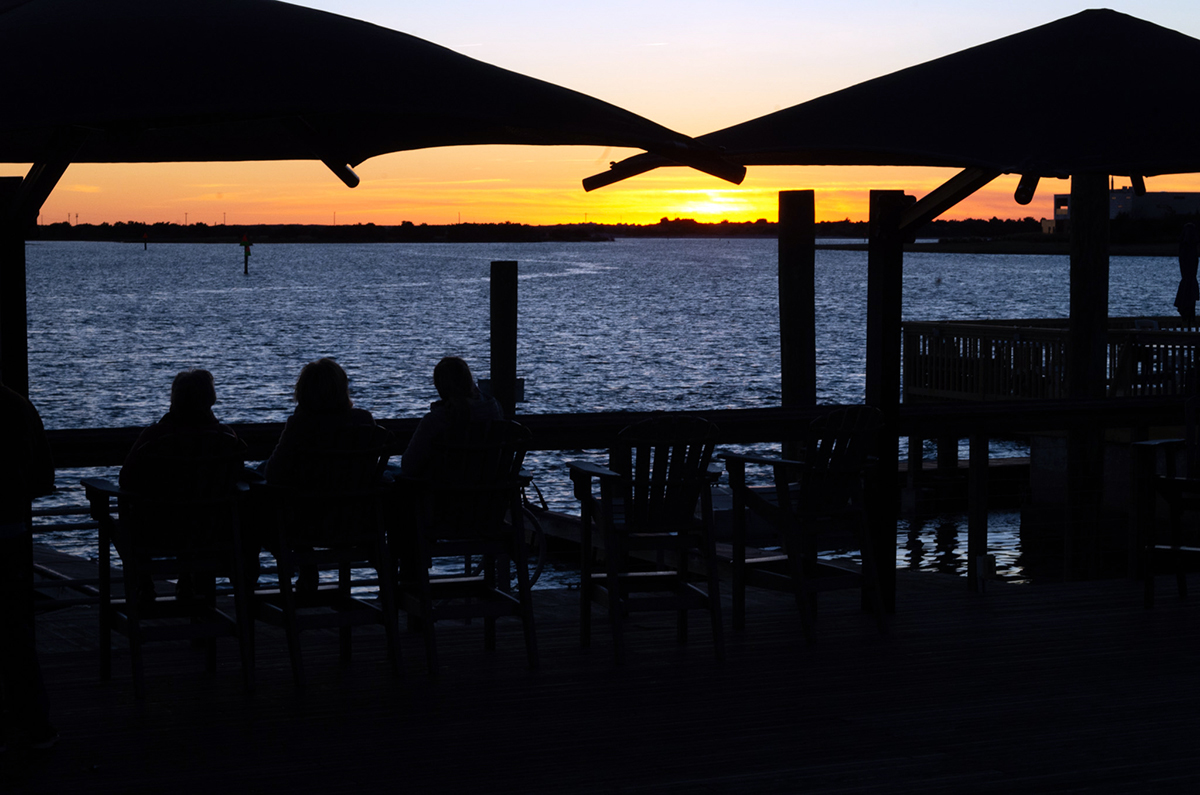
Nearly 3,000 cubic yards of creosote-contaminated soil will be dug up from the former Kerr-McGee Superfund Site in Navassa beginning this summer.
Once excavated, contaminated soil found in select spots within what the U.S. Environmental Protection Agency refers to as operable unit 2, or OU2, will be moved to another on-site area in and temporarily stored.
Supporter Spotlight
The surface soils will eventually be reused as part of the cleanup of OU4, about a 32-acre spread that includes the former wood treatment plant’s pond and processing areas.
Stockpiled soils will be covered, managed and regularly inspected and reviewed every five years until a final remedy is selected and carried out for OU4, according to the EPA. Soils deemed unsuitable for reuse will be moved off-site at an EPA-approved landfill.
Based on test results, soils to be excavated are not anticipated to be hazardous, according to the agency’s record of decision released last year.
During a meeting with Navassa residents and stakeholders Thursday, EPA and Multistate Trust officials explained the upcoming work that will be done within OU2.
A little more than 1.5 acres of surface soils within the 16-acre area are contaminated with levels of dioxin and polycyclic aromatic hydrocarbons considered to pose an unacceptable risk to people and the environment.
Supporter Spotlight
EPA Remedial Project Manager Erik Spalvins told people who attended the meeting that the agency hopes to delete OU2 from the National Priorities List in 2024.
A 20-acre tract referred to as OU1 where untreated wood was stored was deleted from that list in 2021.
There are no use restrictions for future development for that portion of the original 200-acre site.
For more than 40 years, the site was home to a wood-treatment facility until it closed for good in the mid-1970s. Operations on the land left a legacy of contamination of creosote, a gummy, tar-like substance used to treat wood utilized for railroad ties and utility poles.
The land was added to the EPA’s National Priorities List of federal Superfund sites in 2010.
Ngozi Ibe, senior project manager and environmental justice specialist who manages the Multistate Trust site in Navassa, said backfill suitable for future residential use will replace the contaminated soils removed from OU2. Newly-filled areas will be vegetated to prevent erosion and runoff.
Contractors will dig anywhere from 1 to 2 feet down to excavate the soil, which will be moved by trucks to OU4.
Work by local contractors is expected to begin in June. Contracts are expected be finalized by month’s end.
Spalvins said contaminated soil that poses a leaching risk will be placed on a thick liner and covered in OU4. Most of the soil being removed from OU2 does not pose a leaching risk, he said.
Some in the audience at last week’s meeting expressed frustration that a 4-acre tract with waterfront access on land known as the eastern uplands area may be sold rather than donated to the town.
Navassa is expected to receive a donation of about 27 acres of the eastern uplands area, land that was not contaminated, as the future site of the Moze Heritage Center and Nature Park. The proposed center would be the first in the state dedicated to preserving the stories of enslaved Africans who worked the rice plantations along river banks in southeastern North Carolina.
The name “Moze” is a combination of the names of the Moore family and Mosley family, the latter of which in recognition of the descendants of the slave who was given a portion of the land after abolition.
The town will have to secure funding to build the center.
About 51 acres of the eastern uplands area will be sold.
Whether or not the town receives the 4-acre area with waterfront access is contingent upon what bidders on the property propose for future land use.







